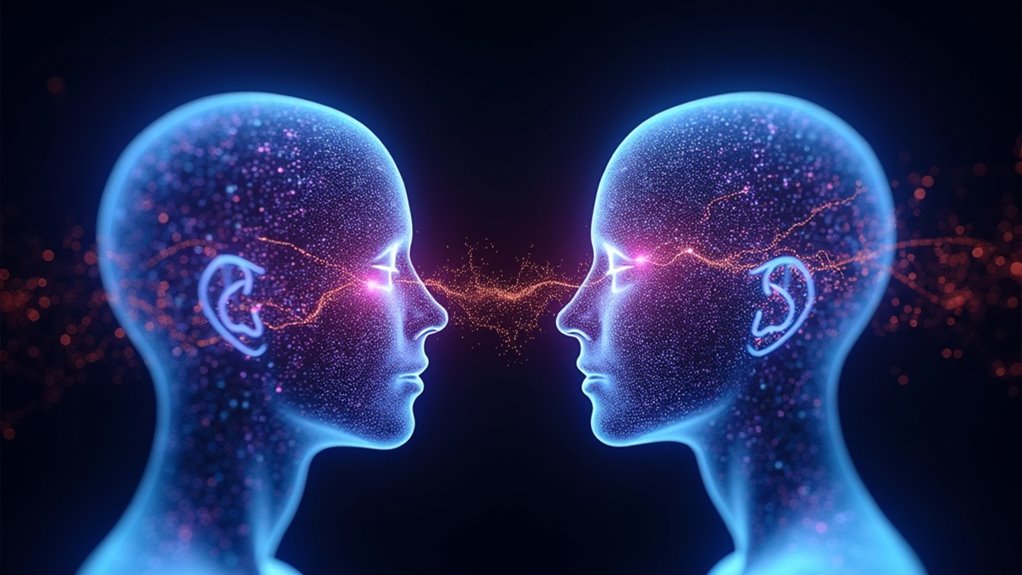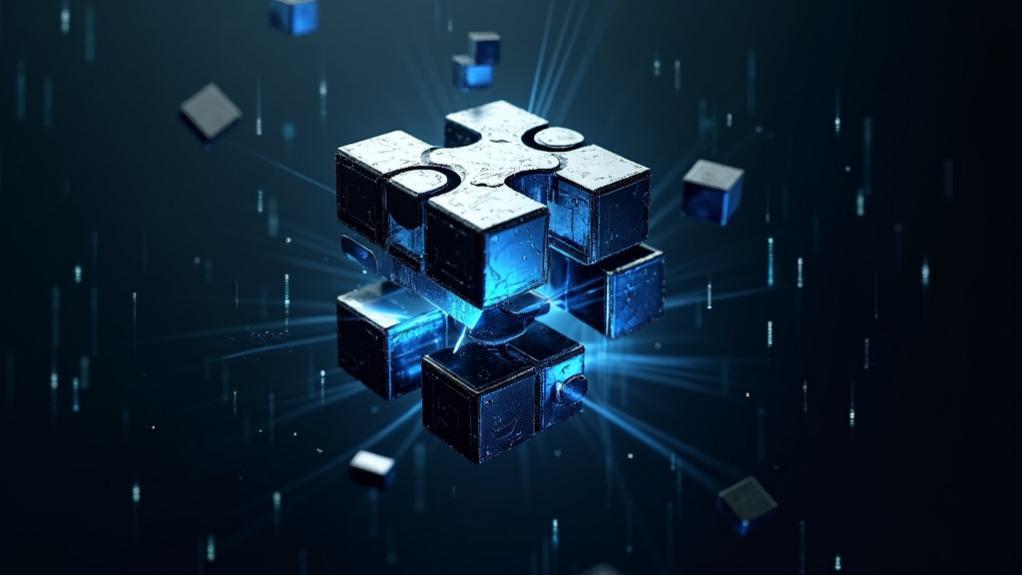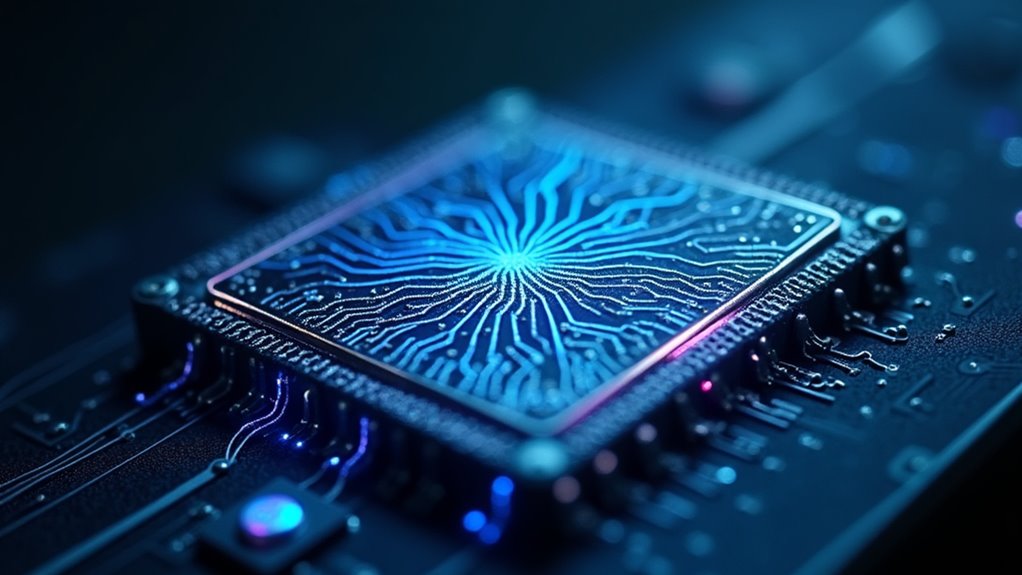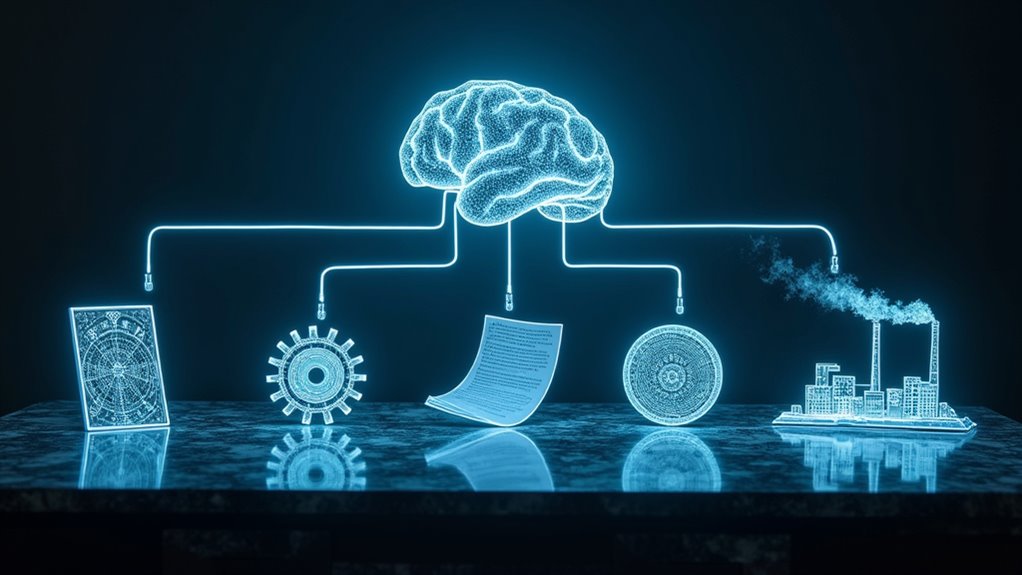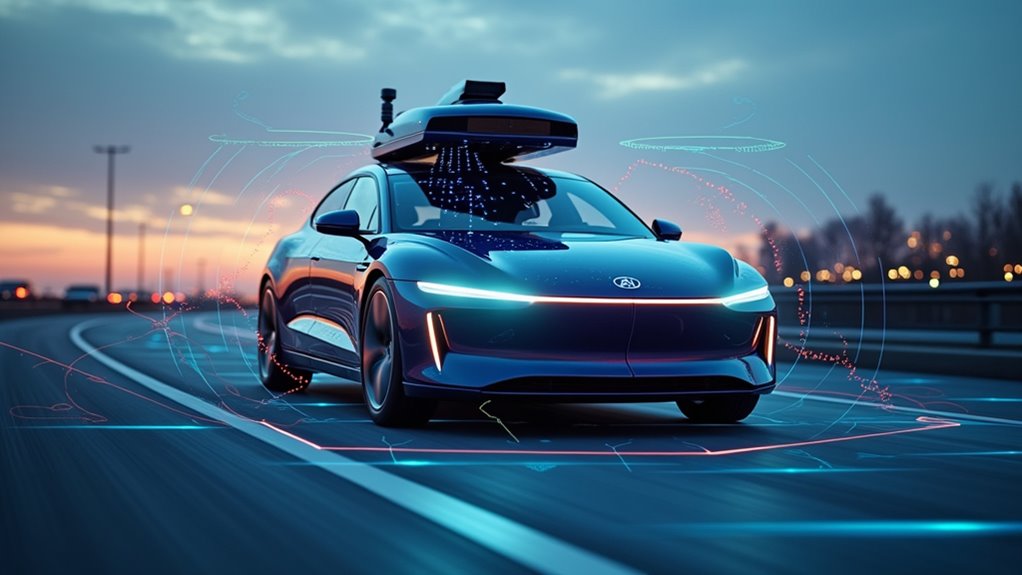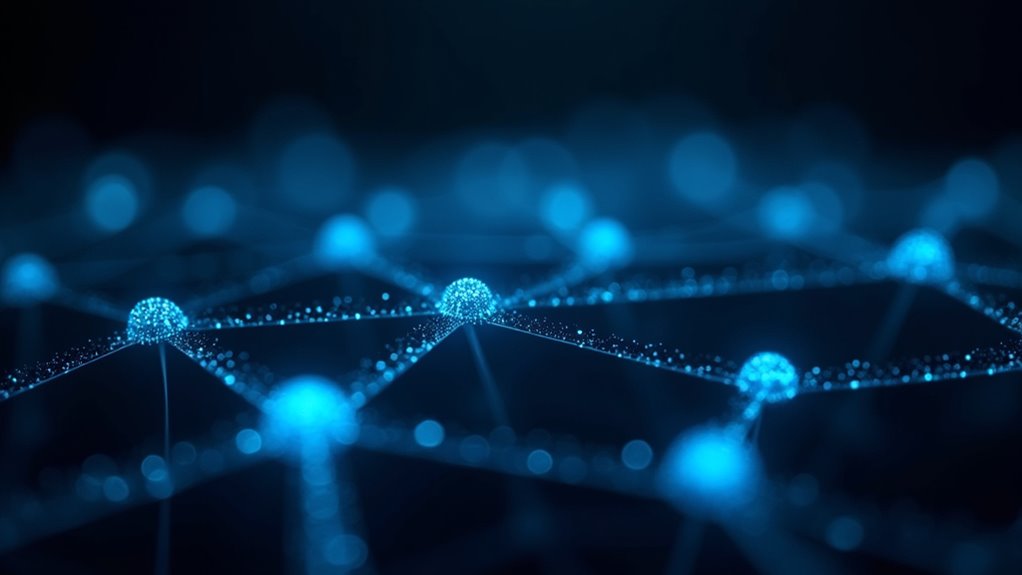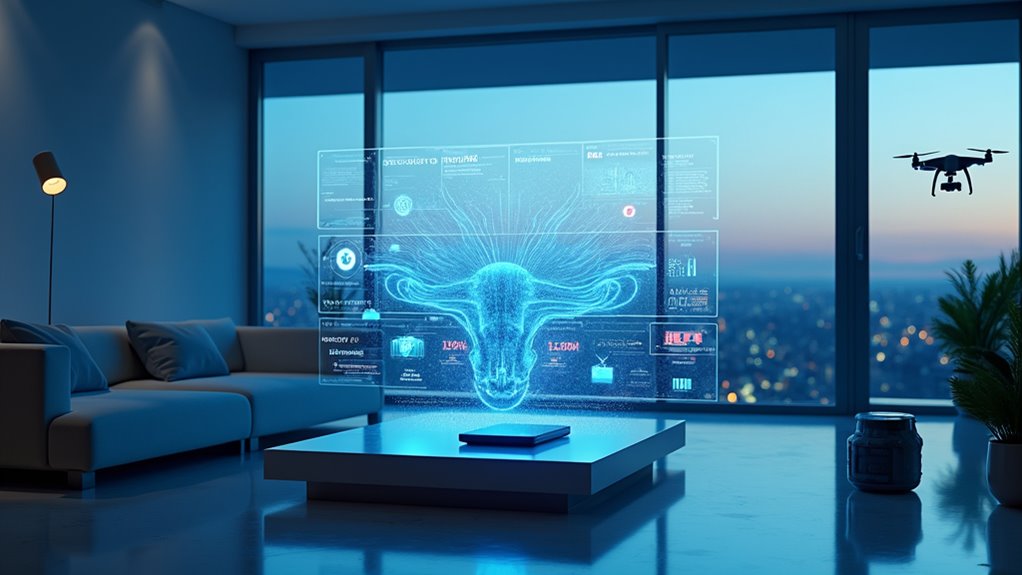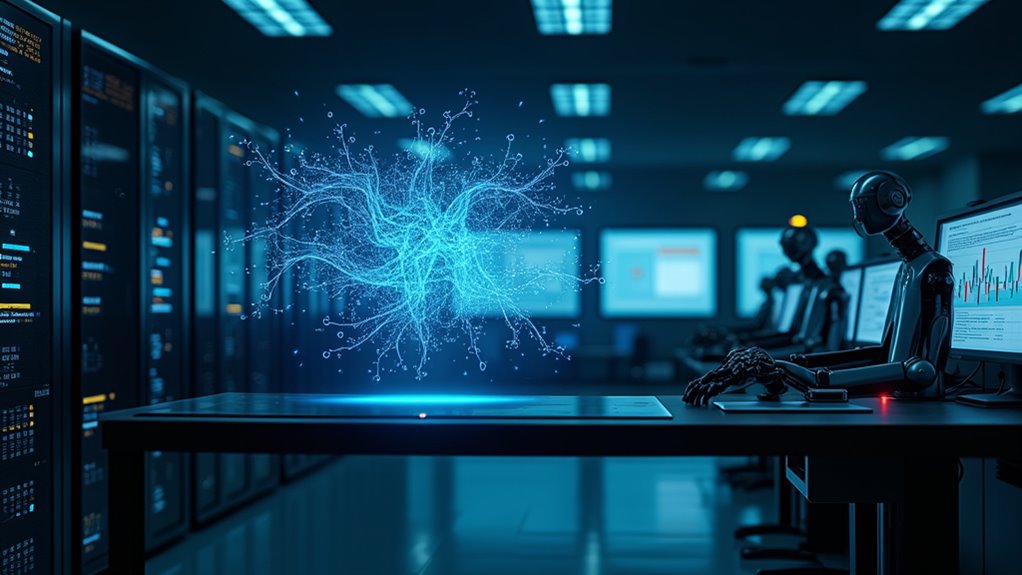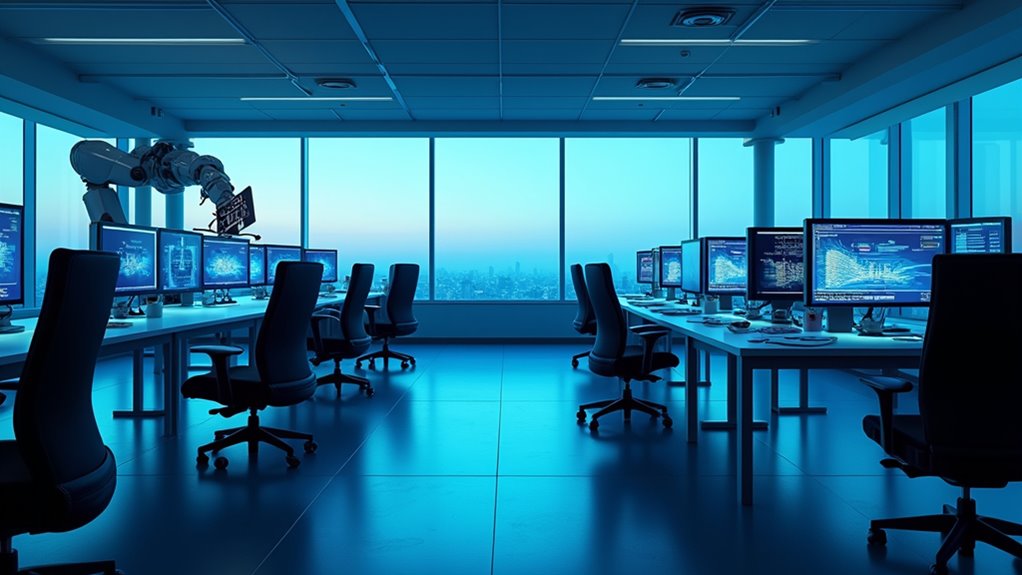Generative Adversarial Networks (GANs) are AI’s artistic rebels, pitting two neural networks against each other like a high-stakes game of forgery. One network generates fake data, while the other plays detective, trying to spot the counterfeits. Created by Ian Goodfellow in 2014, GANs have revolutionized AI creativity, producing everything from fake faces to Renaissance-style selfies. They’re tricky to train though – think juggling chainsaws while riding a unicycle. The deeper you go, the wilder it gets.
While artificial intelligence continues to evolve at breakneck speed, few innovations have caused as much excitement – and confusion – as Generative Adversarial Networks (GANs). These clever systems, first introduced by Ian Goodfellow and his team in 2014, are fundamentally two neural networks locked in an endless game of cat and mouse. One creates fake data, the other tries to spot the fakes. It’s like having an art forger and detective constantly trying to outsmart each other.
The generator network starts with random noise and attempts to create convincing synthetic data – images, sounds, or whatever it’s been trained on. Meanwhile, the discriminator network acts as the skeptical critic, getting better and better at distinguishing between real and fake examples. Through this back-and-forth battle, both networks improve until the generator creates outputs so convincing that even the discriminator can’t tell the difference. The discriminator leverages training data analysis to make its decisions about what’s real or fake. The generator takes input from a latent space vector drawn from a Gaussian distribution to create its samples. Pretty neat trick, right?
GANs pit two neural networks against each other in an AI arms race of creation and detection.
GANs have evolved far beyond their humble beginnings. There’s now a whole zoo of GAN variants, each with its own special talents. Want to turn your selfie into a Renaissance painting? CycleGAN’s got you covered. Need to generate photorealistic faces that don’t actually exist? StyleGAN will do the job. These networks are revolutionizing everything from art creation to data augmentation for machine learning. Advanced motion transfer techniques allow GANs to map facial expressions and movements with incredible precision.
But it’s not all sunshine and synthetic rainbows. GANs can be incredibly tricky to train – they’re about as stable as a house of cards in a hurricane. Sometimes they suffer from “mode collapse,” where they get stuck generating the same output over and over.
And let’s not forget the ethical implications of AI-generated content that’s increasingly indistinguishable from the real thing. Who owns the rights to GAN-generated art? How do we prevent the spread of deepfakes?
Despite these challenges, GANs represent one of the most fascinating developments in modern AI. They’re pushing the boundaries of what machines can create, while simultaneously raising important questions about creativity, authenticity, and the future relationship between human and artificial intelligence.
